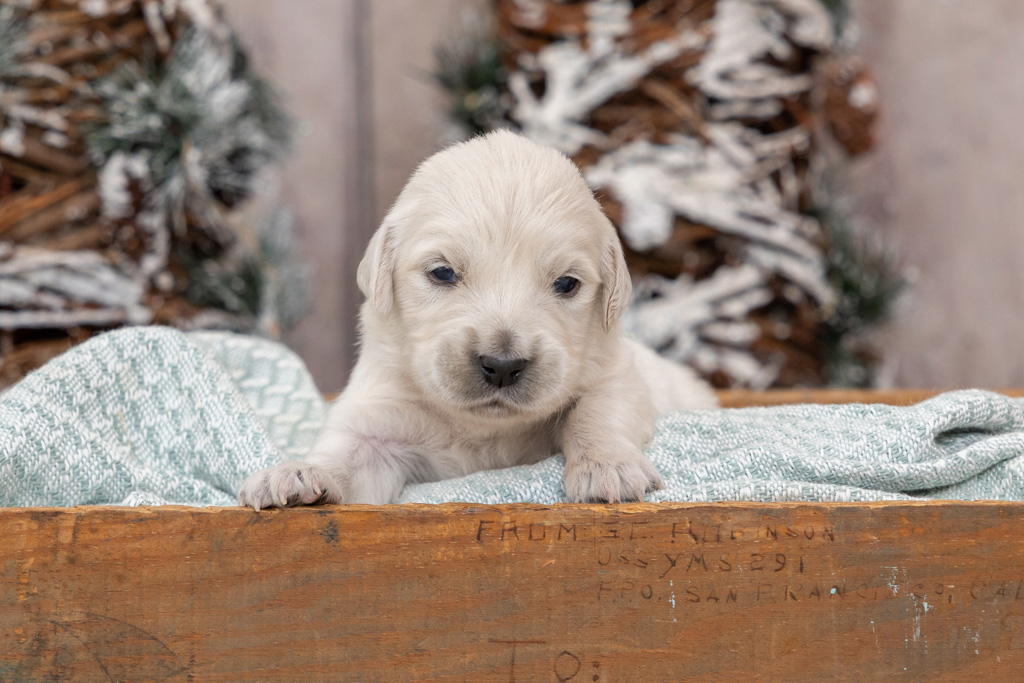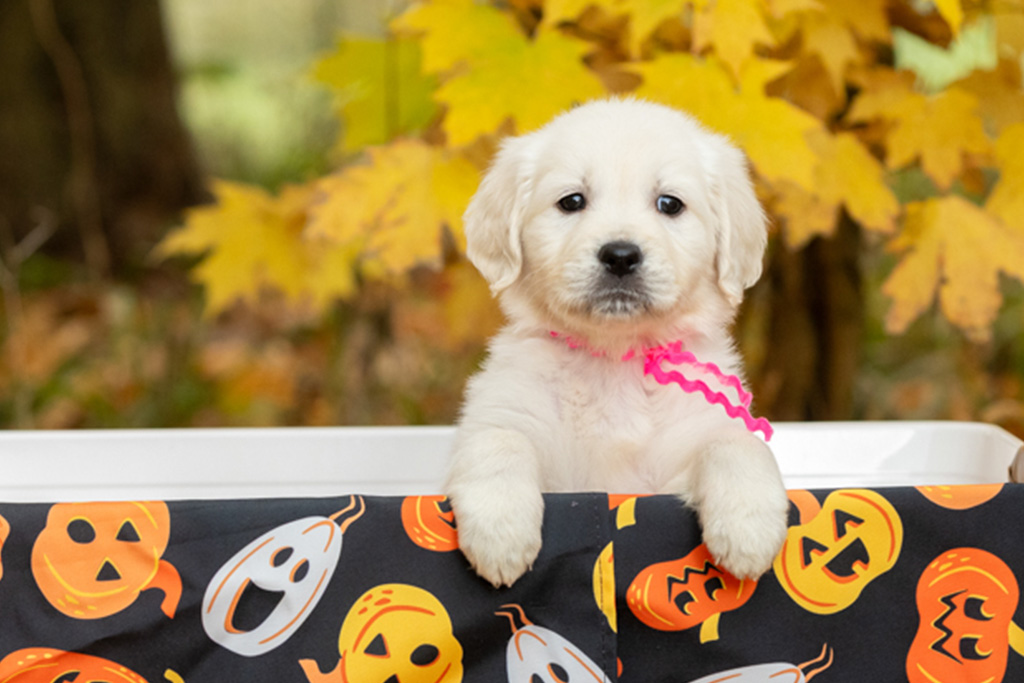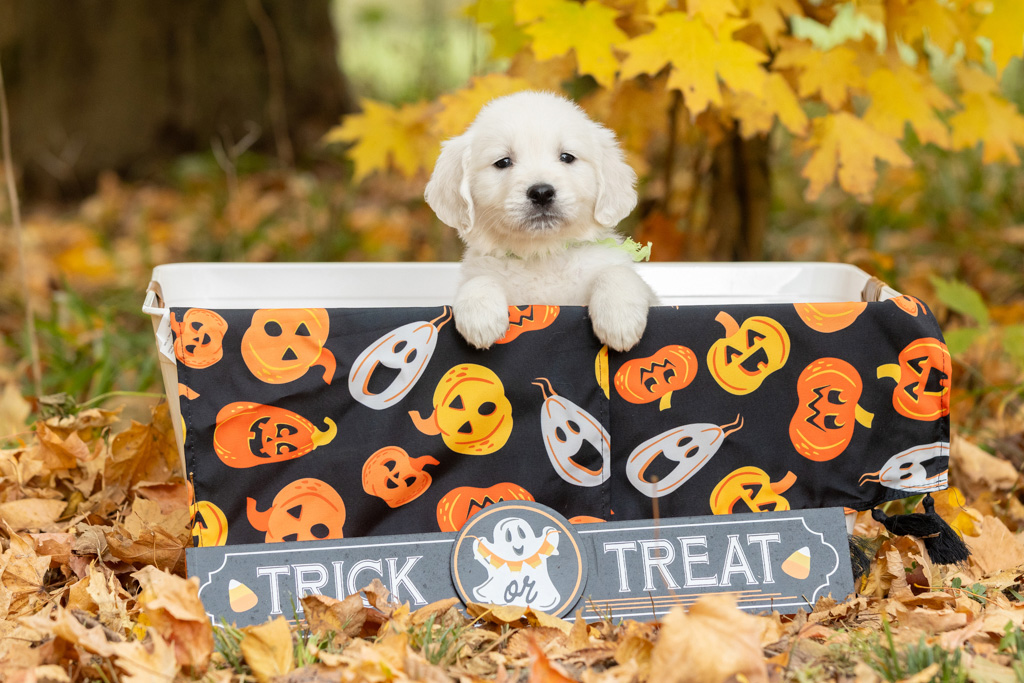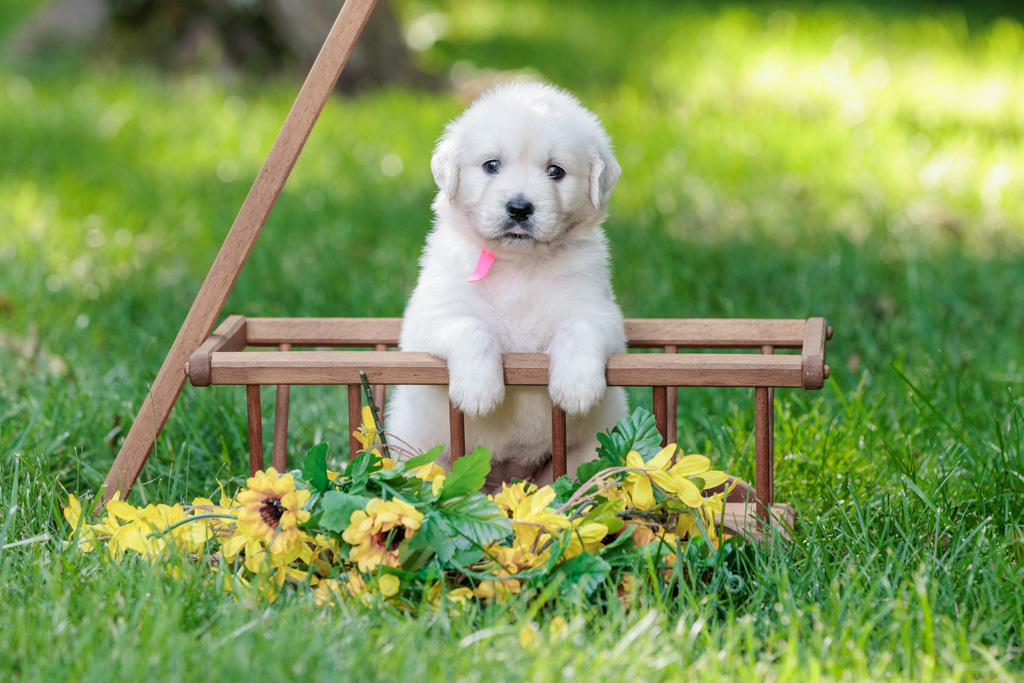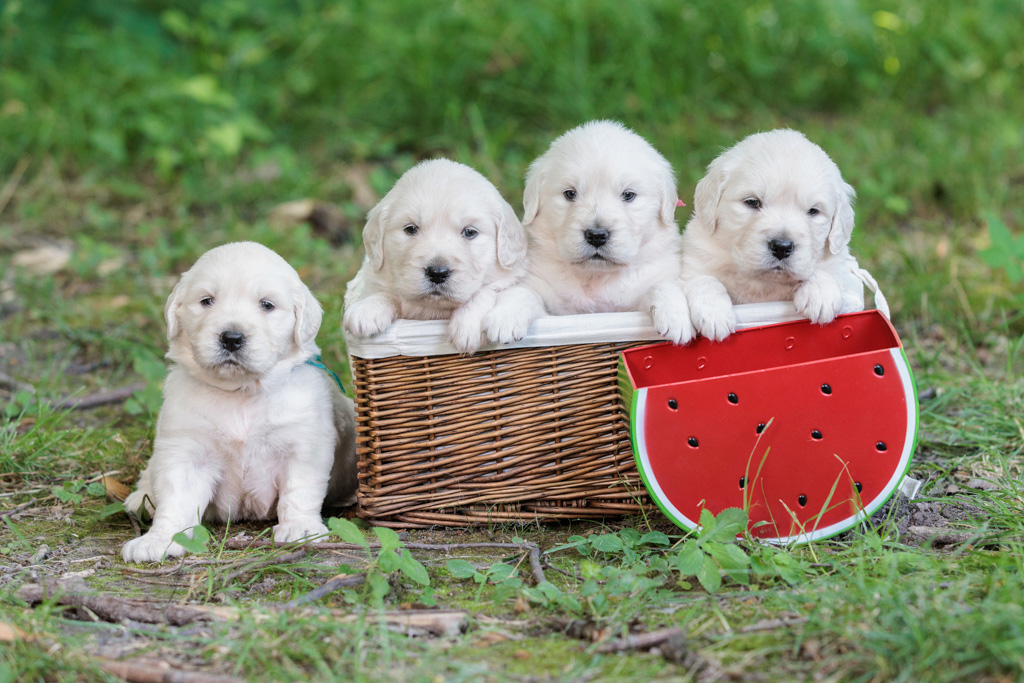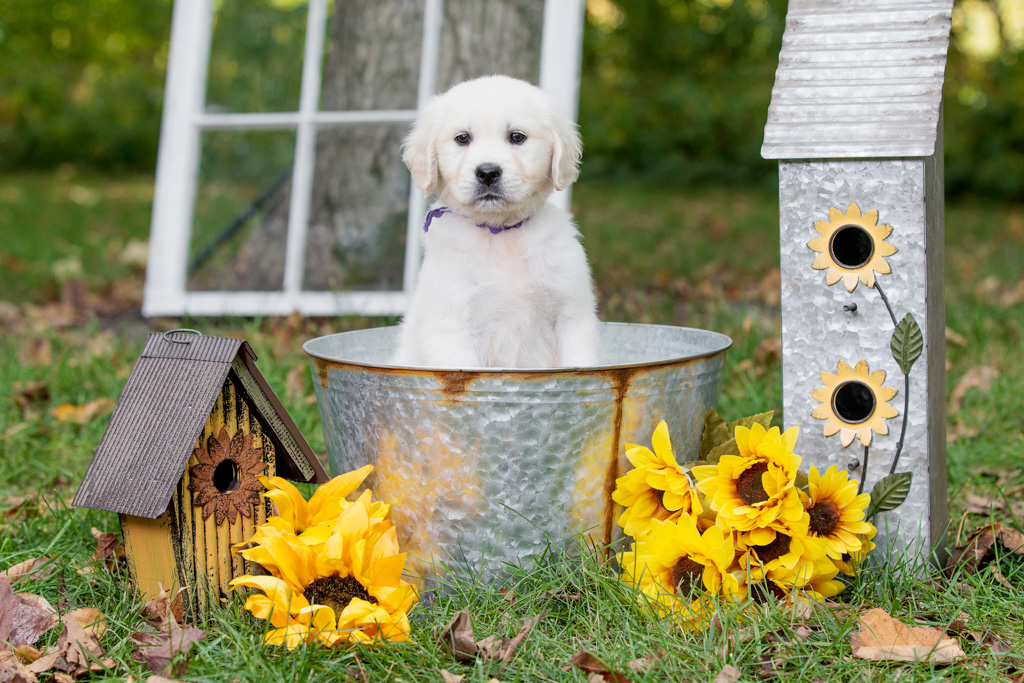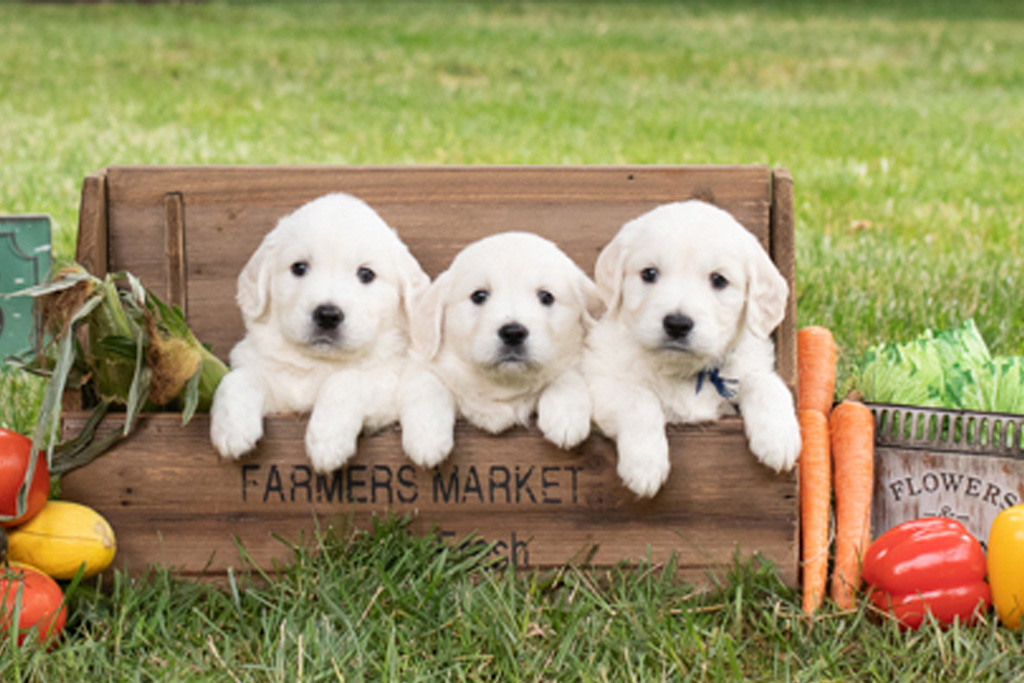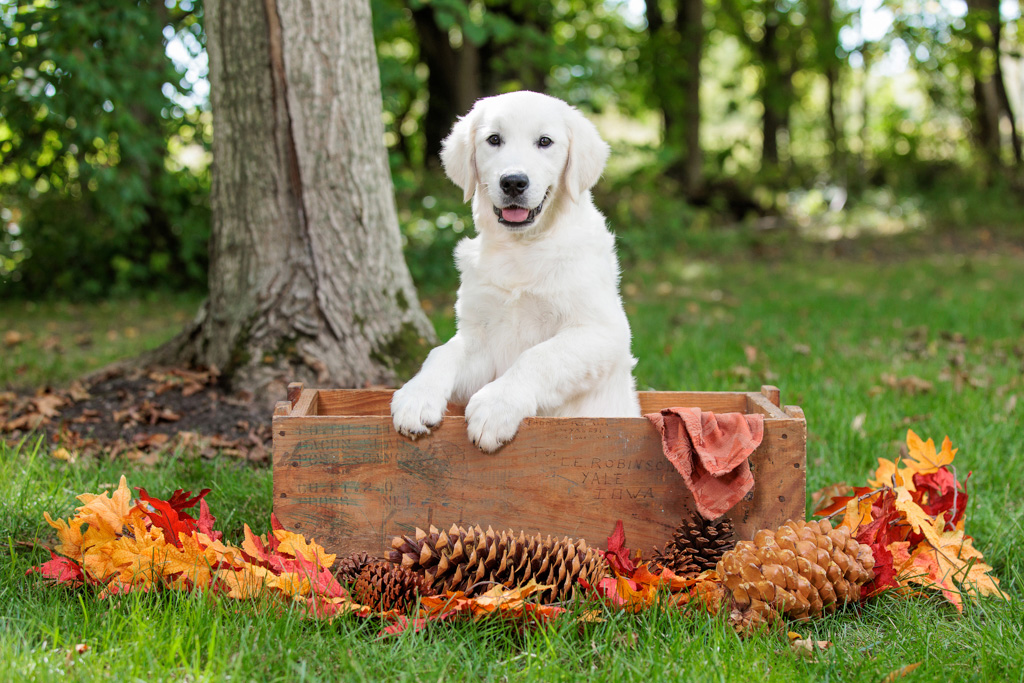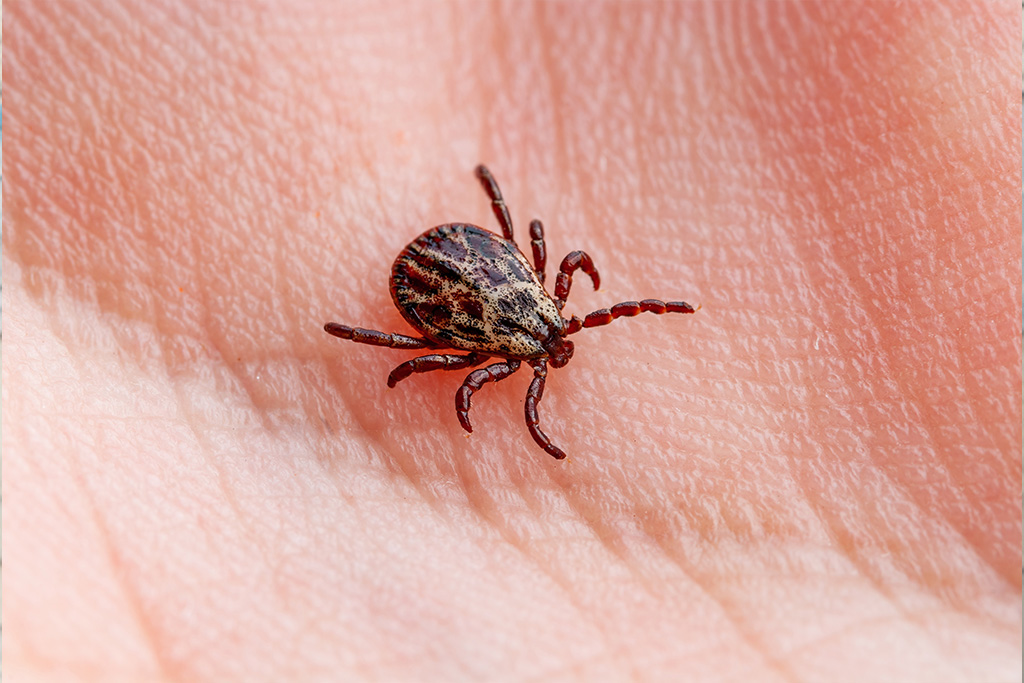Summer is a season of joy and outdoor fun. For pet owners, it’s a time to enjoy the sunshine with their furry companions.
But for those with English Cream Golden Retrievers, summer brings unique challenges. This breed’s thick, double coat can make them prone to overheating.
Understanding how to keep your English Cream safe in warm weather is crucial. It’s not just about comfort, but about their health and well-being.
This guide will provide you with comprehensive advice on summer pet safety. It’s tailored specifically for English Cream Golden Retrievers, addressing their unique needs and behaviors.
From recognizing signs of overheating to grooming tips, we’ll cover everything you need to know. We’ll also discuss hydration, nutrition, and how to create a safe summer environment both indoors and outdoors.
So, let’s dive in and learn how to ensure a safe, enjoyable summer for your English Cream Golden Retriever.
Understanding Your English Cream’s Summer Needs
English Cream Golden Retrievers are known for their gentle nature and striking appearance. Yet, their double coat brings specific summer challenges. This breed is particularly vulnerable to heat due to their thick, water-repellent fur.
During hot months, it’s essential to tailor their care to prevent discomfort and health risks. Prioritizing their safety in high temperatures helps avoid overheating. Additionally, being aware of their individual characteristics can make a big difference.
Providing a nurturing environment means anticipating their needs during summer. Simple adjustments, like shifting outdoor playtimes, can have a positive impact. Creating a cool space inside your home can also help them beat the heat.
Your dedication to learning about these needs ensures your pet’s comfort. By doing so, you’re not only safeguarding their health but also enhancing your bond. Understanding these unique needs is the first step to a happy, healthy summer for your English Cream.
The Double Coat Dilemma
The double coat of an English Cream Golden Retriever is distinctive. It provides insulation against both cold and heat. Yet, during summer, this dense fur can trap heat.
Regular grooming is essential to manage their coat effectively. Brushing helps to remove loose fur and allow air circulation. It’s vital for keeping them cooler in warm weather.
Ensuring that your retriever’s coat doesn’t become matted is equally important. Mats can further restrict airflow, increasing the risk of overheating. Regular care will maintain their coat’s natural protective qualities while ensuring comfort.
Recognizing Overheating Signs
Being able to recognize overheating is critical for a pet owner. English Cream Golden Retrievers may display subtle signs that they are too hot.
Excessive panting and drooling are early indicators of heat stress. Your dog might become unusually lethargic or less responsive than usual. It’s important to act promptly if you notice these changes.
Watch for more severe symptoms as well. These can include weakness, unsteadiness, or even collapse. In extreme cases, the gums may appear bright red or dry.
Here’s a handy list of overheating signs to watch for:
- Excessive panting and drooling
- Lethargy and weakness
- Unsteadiness or collapse
Recognizing these signs ensures you can respond quickly and effectively, safeguarding your pet’s health. Providing relief and consulting a vet can prevent serious complications.
Summer Dog Tips: Hydration and Nutrition
Hydration is the cornerstone of pet safety during the scorching summer months. For English Cream Golden Retrievers, keeping hydrated is crucial due to their thick coat, which can increase body heat. Ensure your dog has access to clean, fresh water at all times, both indoors and during outdoor activities.
Consider bringing a portable water bottle for outings to avoid dehydration. Beyond water, nutrition plays a key role in managing your retriever’s wellbeing in summer. A balanced diet can boost their ability to cope with the heat and maintain a healthy coat.
Be wary of overfeeding, as extra weight can exacerbate heat stress. Stick to regular feeding times and monitor for weight changes.
Here are some essentials for hydration and nutrition:
- Constant access to fresh water
- Portable water solutions for outings
- Balanced diet with proper portion control
Staying vigilant about hydration and nutrition ensures your retriever’s health during hot spells. Your efforts in providing these necessities will contribute significantly to their comfort and well-being.
Water: The Essence of Summer Pet Safety
Water is life-saving for English Cream Golden Retrievers during summer. Ensure their water bowl is always filled with fresh, clean water. In hot weather, this breeds a critical line of defense against dehydration.
Offering multiple water stations at home, especially in shaded areas, is beneficial. For outings, consider a collapsible water dish to keep them hydrated on the go. Remember that your retriever will likely need more water than usual during these hot months.
Watch for signs of dehydration, like sunken eyes or excessive thirst. Immediate action is vital for keeping them healthy. Continuous access to water is non-negotiable for your retriever’s summer safety.
Summer Diet Considerations
Diet during summer should be adjusted to support your retriever’s energy needs without overloading their system. Opt for light, nutritious meals that maintain their vitality without adding stress.
Avoid feeding right before exercise, particularly in hot weather. This can lead to discomfort or exacerbate heat-related stress. Providing meals in a cool, relaxed environment encourages healthy digestion.
Ensure their diet is rich in essential nutrients to support their coat and overall health. Fresh vegetables and lean proteins are excellent additions. A well-rounded diet will aid in managing their body temperature effectively.
Timing Outdoor Activities
Choosing the right time for outdoor fun is crucial for your English Cream Golden Retriever’s safety in summer. High temperatures can quickly lead to overheating. By adjusting activity schedules, you can protect your furry friend from the midday heat’s intense impact.
Plan outdoor activities during the cooler parts of the day. Early mornings and evenings provide a safer environment for exercise and play. Short, frequent outings are better than long, exhausting sessions.
When planning your dog’s outdoor time, always observe their behavior and energy levels. Any signs of discomfort or fatigue mean it’s time to head indoors. Monitoring the weather, particularly heat and humidity, ensures your pet stays comfortable.
Keep your dog’s enthusiasm in check, as they may not realize when they’ve had too much sun. Adjust your schedule based on the day’s weather conditions. Proactive planning ensures your retriever enjoys the outdoors safely.
Avoiding the Midday Sun
The midday sun poses significant risks due to peak UV exposure and temperature. To protect your English Cream Golden Retriever, avoid taking them out during these hours. It’s best to keep them indoors between 11 a.m. and 4 p.m.
During these peak hours, even a short outdoor stay can be dangerous. Plan indoor activities to keep them engaged without the sun’s stress. If outdoor time is unavoidable, ensure it’s brief and in the shade.
Limit activities to shaded or cooler areas where the ground is less hot. By adhering to these guidelines, you help your retriever enjoy safer, pleasant summer days. Proper timing is key to minimizing heat risks.
Seeking Shade and Cool Surfaces
Shaded spots are a must when outdoors with your retriever. Trees, canopies, or umbrellas can provide relief from direct sunlight. Seek out grassy areas over asphalt or concrete, which can become extremely hot.
Training your dog to take breaks in shady areas helps them regulate their body temperature. Encourage rest in these cooler spots to prevent overheating. They should remain accessible throughout your time outside.
Providing cooling mats or portable shade structures increases comfort. Combine these with vigilant supervision to ensure your retriever enjoys the outdoors without risk. Simple measures like these create a secure and comfortable environment for them.
Grooming for Warm Weather
Grooming is essential for keeping English Cream Golden Retrievers cool during summer. Their thick double coat, while beautiful, requires diligent maintenance to ensure comfort. A proper grooming routine helps them stay refreshed and reduces the risk of overheating.
Consistent brushing is key to removing loose fur and preventing mats. This practice allows air to circulate near the skin, aiding in temperature regulation. It’s beneficial to incorporate routine grooming into your pet care regimen, especially during hot months.
Besides reducing shedding, grooming also involves checking for ticks and fleas. These pests thrive in warm weather, so regular inspections are crucial. Grooming sessions serve as an opportunity to monitor their skin health and catch any issues early.
Finally, grooming keeps your retriever looking their best while maintaining their coat’s functionality. It also fosters a strong bond between you and your pet. Through grooming, you contribute to their well-being and comfort throughout the summer.
Regular Brushing and Coat Maintenance
Brushing your English Cream Golden Retriever’s coat is vital in summer. It helps remove loose hair that might trap heat. Regular sessions every few days are recommended for optimal coat health and comfort.
Use a good quality slicker brush for detangling and thinning out undercoat. This simple task can significantly enhance your dog’s comfort. Ensuring a matte-free coat prevents skin issues and facilitates cooling.
Moreover, brushing gives you the chance to check for hotspots and irritations. This proactive approach keeps your dog healthy and comfortable. With consistent attention, your retriever will enjoy a well-maintained coat all season.
Professional Grooming Services
While home grooming is important, professional services offer additional benefits. Groomers are experts in trimming and managing dense coats effectively. They can provide a thorough clean and detect any potential health concerns you might miss.
Scheduling visits to a professional ensures your retriever’s coat remains manageable. Professionals have the tools and expertise to reduce excess fur without impacting the coat’s insulating qualities. This reduces shedding and keeps your pet comfortable.
Lastly, grooming appointments save you time and effort while providing peace of mind. Knowing your retriever is professionally maintained allows you to focus on enjoying summer activities together. This collaboration ensures your pet looks great and stays cool in the heat.
The Perils of Parking Lots
Parking lots pose significant dangers to your English Cream in summer. Pavement absorbs and radiates heat, which can be harmful to dogs. They can burn their paws just by walking on hot asphalt.
In addition to hot surfaces, cars parked in lots become dangerous heat traps. Even with windows cracked, the temperature inside a vehicle can soar quickly. This environment can be lethal for pets left inside.
Always be vigilant about where you leave your dog. Prioritize their safety by keeping them out of parking lots. Explore alternatives like shaded areas or staying at home on particularly hot days.
Never Leave Your Dog in a Parked Car
Leaving your dog in a parked car is never safe. Temperatures inside a car can rise dramatically within minutes. This sudden increase can lead to heat exhaustion or even death.
Even if you plan to be away for a few moments, don’t risk it. The interior of vehicles heats up rapidly, surpassing the outside temperature. This makes any duration left alone too dangerous for your pet.
Ensure your English Cream is left in a cool, secure space while you run errands. Consider having another person accompany you who can watch the dog outside. Always prioritize their safety over convenience, particularly during hot weather.
Sun Protection and Paw Care
Keeping your English Cream safe in summer involves protecting their skin and paws. While their beautiful coat provides some shielding, certain areas remain exposed. These sensitive areas include their nose and ears.
Sunscreen can offer protection to these vulnerable spots. Using dog-safe sunscreen can prevent sunburn, which is as harmful to dogs as it is to humans. Always choose products labeled safe for dogs, as human sunscreens can be toxic.
Foot protection is also crucial due to scorching pavements. Paw pads are sensitive and can burn or blister on hot surfaces. Providing paw protection is essential to prevent painful injuries.
Consider timing outdoor excursions to avoid the midday heat. This timing reduces both sun exposure and the risk of paw pad damage. Ensuring these precautions helps your English Cream enjoy the outdoors safely.
Dog-Safe Sunscreen and Protective Gear
Your dog’s sensitive spots, like the nose and ears, need sunscreen. Choose a dog-specific sunscreen to avoid toxic ingredients. Test a small area first to ensure no adverse reactions.
Apart from sunscreen, consider protective gear. Hats or UV-blocking clothing designed for dogs can provide additional shade. This gear helps when sun exposure can’t be fully avoided.
When choosing protective products, prioritize comfort and fit. Ill-fitting gear can cause discomfort or chafing. Always supervise your dog while they wear protective items to ensure safety.
Hot Pavement and Your Dog’s Paws
The pavement can reach extreme temperatures in summer, posing dangers to your dog’s paws. Before venturing out, test the surface with the back of your hand. If it’s too hot for you, it’s too hot for your pet.
Walking on hot surfaces can lead to painful burns or blisters. To prevent this, opt for grassy paths or shaded trails. These alternatives are cooler and gentler on paws.
If you must cross hot pavement, paw boots can offer protection. They act as a barrier, preventing direct contact with hot surfaces. Regularly check your dog’s paws for any signs of injury and adjust your walking schedule accordingly.
Cooling Techniques and Heatstroke Prevention
Keeping your English Cream Golden Retriever cool is crucial during hot summer months. High temperatures can lead to dangerous heatstroke if not properly managed. There are effective ways to prevent overheating and ensure your pet stays comfortable.
Firstly, consider using cooling products. Cooling mats, vests, and bandanas are great tools. These items help reduce body temperature by absorbing heat efficiently.
Adjust playtime and exercise routines to incorporate short, frequent breaks. Doing so helps prevent your dog from becoming excessively tired. It’s also essential to monitor their behavior closely.
Additionally, always provide plenty of fresh water. Hydration is key to maintaining optimal body function in warm weather. Encourage your dog to drink often, especially after physical activities.
Implementing these cooling strategies can greatly reduce the risk of heatstroke. Being vigilant about your dog’s condition and using the right tools ensures a safe and enjoyable summer.
Cooling Products for Your English Cream
Cooling products can significantly aid in managing your dog’s temperature. Cooling mats are particularly effective, offering a cold surface for your dog to lie on. They are usually portable and easy to use anywhere.
Cooling vests come in handy during walks or play sessions. They are designed to be soaked in water and worn by your dog. This method helps keep the body cool through evaporation.
Bandanas that work similarly can be tied around your dog’s neck. They provide localized cooling, which can be quite refreshing. Choosing the right product depends on your dog’s needs and activity level.
Recognizing and Responding to Heatstroke
Recognizing the signs of heatstroke early can be life-saving. Be alert to symptoms like excessive panting, drooling, and lethargy. More severe indicators include confusion, vomiting, or collapse.
If you suspect heatstroke, immediate action is necessary. Move your dog to a cooler area right away. Offer small amounts of water to help with hydration.
Cooling methods should be applied gradually. Use a damp cloth to wipe their body, focusing on the neck, armpits, and groin area. Avoid using ice or very cold water, as this can cause shock.
Consult a veterinarian as soon as possible for professional assistance. This step is crucial as heatstroke can rapidly escalate. Always prioritize quick response and proper care to ensure your dog’s well-being.
Heatstroke Symptoms to Watch For:
- Excessive panting and drooling
- Lethargy and weakness
- Vomiting or collapse
With these guidelines, you can better safeguard your beloved English Cream against summer heat risks. Stay observant and prepared to act swiftly.
Summer Health Hazards
The warm summer months bring several health hazards for English Cream Golden Retrievers. Increased outdoor activities expose them to potential risks. It’s essential to stay vigilant to ensure their safety.
Parasites and pests thrive in warmer weather. Fleas, ticks, and mosquitoes are particularly active. These pests can carry diseases harmful to your dog.
Poisonous plants and chemicals are also prevalent in the summer. Gardens and parks may harbor plants like lilies and azaleas. These can be toxic if ingested by your pet.
Preparation is key in preventing these dangers. Maintain regular checks for parasites and be familiar with toxic plants. Proactively managing health hazards keeps your dog safe and healthy.
Parasites, Pests, and Plants to Avoid
Summer is prime time for parasites and pests. Regular grooming helps spot fleas and ticks early. Applying preventive medications is a proactive step against these nuisances.
Be cautious of mosquitoes, which are carriers of heartworm. Use veterinary-approved repellents to reduce the risk. These simple measures are effective in protection.
Toxic plants can unexpectedly pose serious threats. Ensure your garden is free from dangerous plants. When walking your dog, watch for unfamiliar foliage in public spaces.
Vaccinations and Preventive Medications
Keeping your dog’s vaccinations up to date is vital. Diseases like leptospirosis are more prevalent in summer. Regular veterinary visits ensure protection against such threats.
Preventive medications play a crucial role in summer safety. Heartworm prevention is particularly important due to increased exposure to mosquitoes. Opt for monthly preventatives as recommended by your vet.
Discussing your dog’s specific needs with your veterinarian is essential. They can tailor a preventive care plan to best protect your pet. This proactive approach is the cornerstone of summer health care.
Creating a Safe Summer Environment Indoors
Creating a safe indoor environment is crucial during the hot summer months. Even when the sun is blazing outside, you can ensure your English Cream Golden Retriever stays comfortable and cool indoors.
Start by managing your home’s temperature effectively. Use fans or air conditioning to keep spaces cool. Consider investing in a dehumidifier to reduce humidity levels, as it can make a room feel cooler.
Ensure your dog has a designated cool spot to rest. Tile or wooden floors are generally cooler than carpeted ones. You can also use cooling mats or pads designed for dogs.
It’s also essential to think about your dog’s comfort beyond temperature. Keep their water bowl filled and consider giving them chilled treats as a cooling option. This way, they remain refreshed and comfortable indoors.
Keeping Indoors Cool and Comfortable
A cool indoor environment helps keep your pet comfortable. Close blinds or curtains during peak sunlight hours. This prevents excessive heat from building up in your home.
Fans are an affordable alternative to air conditioning. They circulate air and enhance ventilation. Additionally, placing bowls of ice in front of fans can cool the circulated air.
Remember to provide your dog with plenty of fresh water. Encourage them to drink frequently to prevent dehydration. Chilled water or ice cubes can be refreshing and enticing for your pet.
Indoor Activities and Mental Stimulation
When it’s too hot outside, turn to indoor activities. Mental stimulation keeps your English Cream Golden Retriever engaged and happy. Puzzle toys and treat-dispensing toys are excellent choices.
Consider training sessions as an indoor activity. Focus on reinforcing basic commands or teaching new tricks. This keeps your dog mentally active and helps with obedience.
Interactive play is another option. Games like hide-and-seek or tug-of-war provide entertainment. These activities help burn off energy without exposing your pet to the outdoor heat.
Conclusion: A Summer Safety Recap for Your English Cream Golden Retriever
Summers can be challenging for English Cream Golden Retrievers. However, with the right precautions, you can ensure their safety and happiness. Awareness of overheating signs and understanding their needs are crucial.
Focus on hydration, nutrition, and timing for outdoor activities. These elements are essential for maintaining your dog’s health. Combine these with grooming and sun protection for optimal care.
Creating a cool and comfortable indoor environment adds another layer of protection. Alongside engaging indoor activities, this helps manage their energy and well-being throughout the summer.
Key Takeaways and Checklist
To keep your English Cream safe this summer, remember the essentials. Refresh your understanding with this brief checklist:
- Monitor for overheating: Look for panting and drooling.
- Hydrate: Provide plenty of fresh water and encourage drinking.
- Schedule wisely: Avoid midday outdoor activities; prefer mornings or evenings.
- Groom regularly: Maintain their coat with brushing.
- Protect from the sun: Use dog-safe sunscreen.
- Watch their paws: Avoid hot pavement.
This checklist helps ensure you’re prepared for the summer months ahead. Implementing these tips promotes a safe and enjoyable season.
Call to Action for Pet Owners
Prioritize your English Cream Golden Retriever’s summer safety. With the right care, your dog can thrive in warm weather. Share these tips with fellow pet owners. Let’s keep our dogs happy and healthy this summer season!
